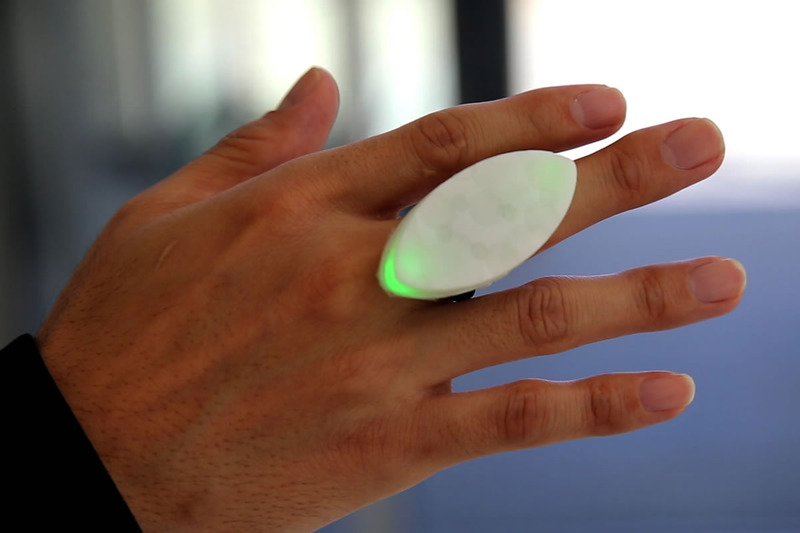Now then, continuing from last time, we're still at the MIT Media Lab. Finally, the hackathon begins! It's an event where you team up with people you've just met and try to create something in three days. It's exciting.
Each group was assigned 6 to 8 members, including MIT students and researchers with diverse skills, as well as representatives from Japanese MIT member companies. Each group tackled a different theme. As mentioned last time, each group's leader (except me) was quite distinguished. President Tosa of Maywa Denki's team focused on "Instruments," Professor Koyomimoto from the University of Tokyo on "Human Augmentation," and Mr. Manabe and Mr. Ishibashi from Rhizomatiks on "Future Entertainment." Sasaki's team theme was "New Connection."
Nowadays, we have all these tools for "connecting" – digital, social, and so on. But I can't help feeling that the tools we have now only connect people with the same interests or within the same community, within a narrow scope. I wondered if there might be a newer way to connect people who speak different languages, or who are from different generations or have different ways of thinking. That's why I set this theme of New Connection.

Day 1 of the hackathon: brainstorming session for project proposals. We're still in the idea-spreading phase. That moment when ideas shift from spreading to converging is just thrilling.
Since it's a hackathon, we don't just brainstorm ideas over three days—we have to build prototypes too. Balancing skills and time is tough. Brainstorming is something I'm used to doing in Japan, but with everyone here having different backgrounds and meeting for the first time today, we're wandering aimlessly. The level of detail in ideas varies wildly. It requires global facilitation skills. Even as the leader, if I push too hard in the direction I want, it defeats the purpose of leveraging MIT's unique strengths, so I sometimes step back and observe. But discussing in English is exhausting.
After a full day, the ideas started coming together. As we clashed opinions, the distance between us closed. What we decided to create is the EmotionaRing – a ring that connects people whose emotional states are similar, based on location data and linguistic information like tweets. From here, the division of labor begins. Ring design and hardware engineering were assigned to Pippa, our UK team member. Daisuke took on the task of extracting emotions from language. Backend and ring control programming became a joint effort between Deepak from India and Tomo from Japan. Sasaki handled the presentation story and video production.
On the second day, we pushed hard on our respective tasks. The ideal goal and the compromises needed to meet the one-day deadline intertwined, creating a gradually intensifying high. The day ended with many tasks still left undone. Yet, during such intense work, there's this odd illusion that your English improves just a little. Time slipped by, and finally, at 6 AM on the day of the final presentation, an email arrived from Deepak, who had been working through the night: "It's done!"
The next day, we wrapped up the presentation video around the school building, acting out scenes together. Jet lag and the aftermath of an all-nighter made the sunlight sting, but we were united, carrying just the right amount of fatigue toward the final presentation goal. It was fun... Other groups also delivered incredibly entertaining presentations—complete with songs, wigs, tricycles, and even electric shocks. Feeling a bit reluctant to leave, I packed the excitement of MIT into my bag and boarded the flight back to Tokyo, thinking how much I'd love to do another hackathon someday with people like those I met here.

And this is the EmotionaRing prototype we built in three days. When you face the direction where good emotions are gathered, the ring lights up.




